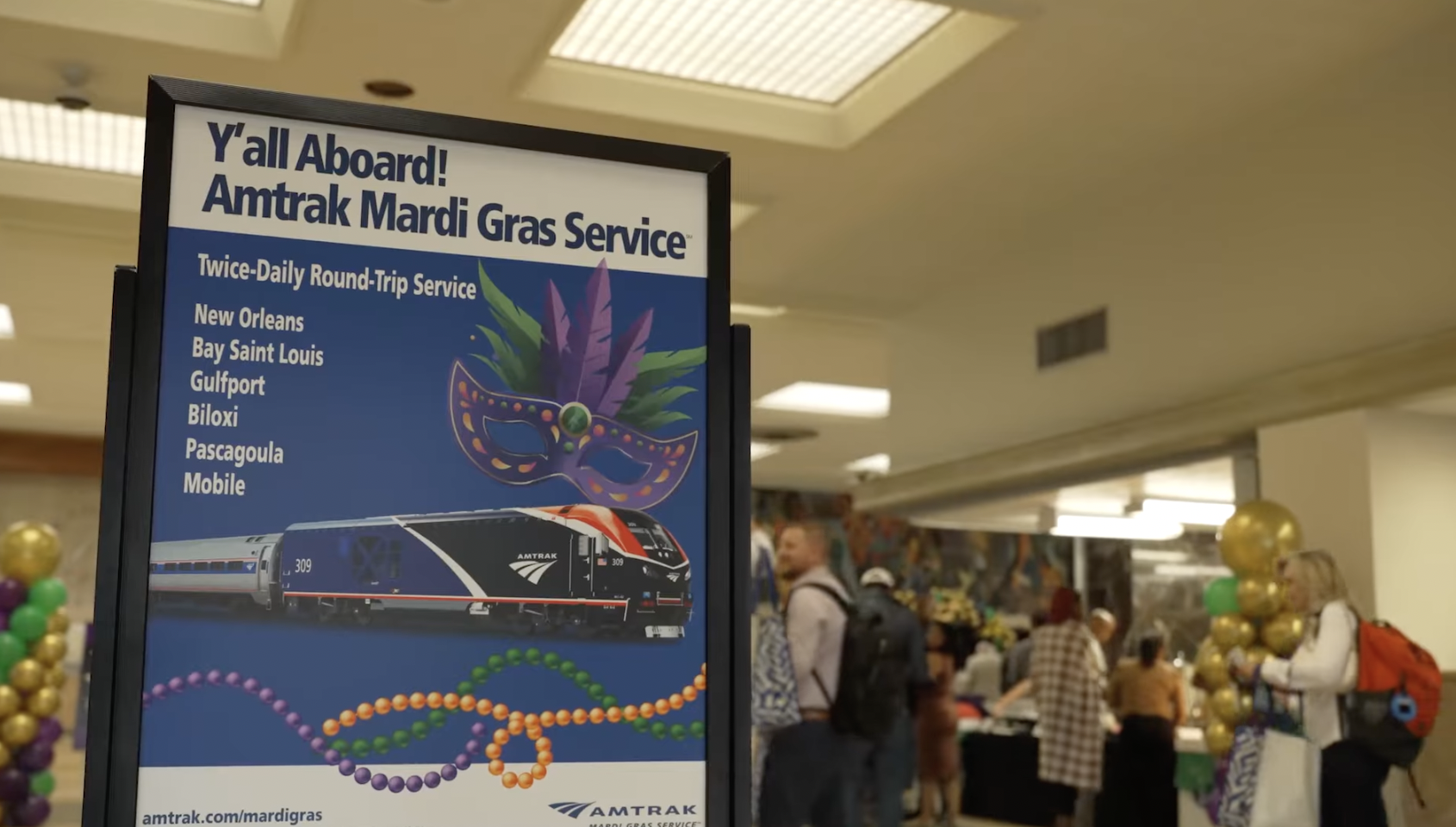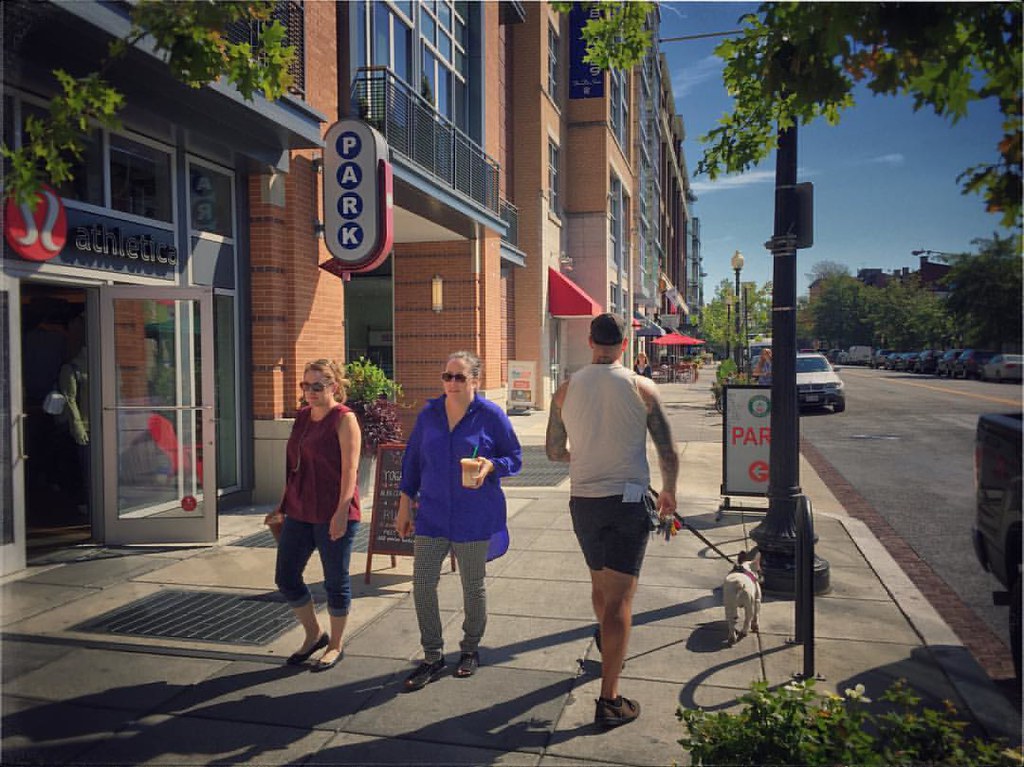The lack of a well-functioning transit system and restrictions on where to build housing are holding back much-needed development in Nashville, a new report found.
Music City voters overwhelmingly approved a half-cent increase to the city’s sales tax to fund a $3.1-billion expansion of public transportation service (plus add more sidewalks and upgrade road signals), but without changes to the city’s strict zoning rules, commutes could lengthen and future growth limited, according to the Urban Institute.
“Nashville has struggled to invest and provide alternatives to driving for many decades, but this investment is desperately needed in a community that is growing very quickly,” Yonah Freemark, research associate at the Urban Institute, told Streetsblog about his new report, Moving Toward Transit-Oriented Development in Nashville. “With all this thinking about transit, there should be parallel thinking of how we should ensure the city grows around the transit system.”
Freemark and co-author Gabriel Samuels made three recommendations to help Nashville prepare for its booming growth: build more apartment complexes in areas outside of downtown where people can afford them, expand bus service along major routes where people live, and loosen zoning rules to allow for the development of tens of thousands of new units across the city.
They believe that allowing larger multi-family buildings in lots close to bus routes and transit hubs that are otherwise zoned for single or two-family homes could fix the city’s affordability crisis and get people to leave their cars in their garages more frequently.
“It’s a turning point for Nashville to have the momentum behind this kind of transit-oriented development,” Samuels said. “It will be fascinating to see how the city will take this, since it benefits not only new residents but those who have lived in Nashville for a long time and have wanted better public transit.”
City leaders have already identified 54 miles of the busiest streets in the city as “All-Access Corridors” to add dedicated bus lanes and infrastructure for passengers waiting to board. Those routes include the Murfreesboro Pike and Nolensville Pike corridors, the West End Corridor to Vanderbilt University, and several paths that connect with downtown’s Elizabeth Duff Transit Center.
Yet only 13 percent of Nashville homes are within a quarter mile of the city’s proposed corridors and only about 21 percent or 147,000 residents live within half a mile of the routes. More than one-quarter of residents in these neighborhoods are experiencing significant displacement from their homes due to rising housing costs, the report found.
The lack of affordable housing has compelled residents to move further away to suburban and exurban Davidson County, which helped make Nashville the second-most car-dependent city in the country, behind Memphis. One study found that 90 percent of Nashville’s workers commute by car and recorded a yearly average of 14,745 miles per driver or an average of 11,262 miles per vehicle in 2020.
Denser development near transit routes would lower transportation costs, reduce air pollution, and give Nashville residents more ways to move around the city beyond their vehicles, Urban Institute researchers said.
“There’s plentiful evidence that the best way to encourage people to get out of their cars is to create neighborhoods where they can live, have wide access to amenities, and have easy access to transit,” Freemark said. “It gives people the opportunity to leverage the transit system and get onto the transit system easily.”
The Music City has not always embraced alternatives to driving.
In 2018, Nashvillians voted against raising taxes on sales, hotels, and car rentals to fund a $5.4-billion transit plan that included a 26-mile light rail system on five corridors and rapid bus service on four others.
Nashville Mayor David Briley also sought to ban 4,000 dockless electric scooters from city streets after a car struck and killed a 26-year-old man riding a scooter on the road in 2019, and the Metro Council voted to reduce the number of companies operating in the city from seven to three.
Nashville has also been handcuffed by its restrictive zoning rules and construction has not kept up with insatiable demand.
Its metro area has added 136,000 people since 2020, including more than 31,000 people in 2023 alone. But city planning officials estimate another 80,000 units of housing must be built by 2040 to accommodate the region’s demand.
Some new construction of apartment buildings has occurred downtown but many presidents are still heading to the county’s suburbs and exurbs where prices are lower.
The median home sales price rose from $300,000 in 2020 to $475,000 this year, and the number of affordable homes on the market fell 16 percent from 2017, the Urban Institute found.
Nashville’s zoning rules ensure that its residents continue to move away from desirable downtown neighborhoods. Three-quarters of the Tennessee capital only allows single-family or two-family zoning – areas where two-thirds of the city’s population reside. And the city permitted roughly the same number of single-family homes as units in multifamily buildings with five or more apartments between 2010 to 2018.
Freemark and Samuels believe there’s a way out of this. Nashville could change its zoning to allow apartment buildings to be built on properties within a quarter-mile of All-Access-Corridors and up to four units on a lot elsewhere. That could result in an additional 500,000 units of housing, with the majority created in downtown neighborhoods, the report estimated.
But there are limitations to Nashville’s expansion.
On Wednesday, the Tennessee Court of Appeals ruled that the city could only use the referendum’s sales tax revenues for transit infrastructure and road improvements, not for purchasing properties for housing development or parkland. That could hamper efforts to build housing adjacent to transit hubs and bus routes without private development.
In addition, Nashville’s transportation plan would rely on $1.4 billion in federal funding over the next 15 years. But there’s no guarantee the Trump administration will fork over the resources for transit improvements, especially after its efforts to reverse congestion pricing in New York and derail high-speed train projects in Texas and California.
“As they get these plans going they’ll look at investment from U.S. DOT but this is a very difficult time for this kind of investment,” Freemark said. “They might have to do less of it.”






